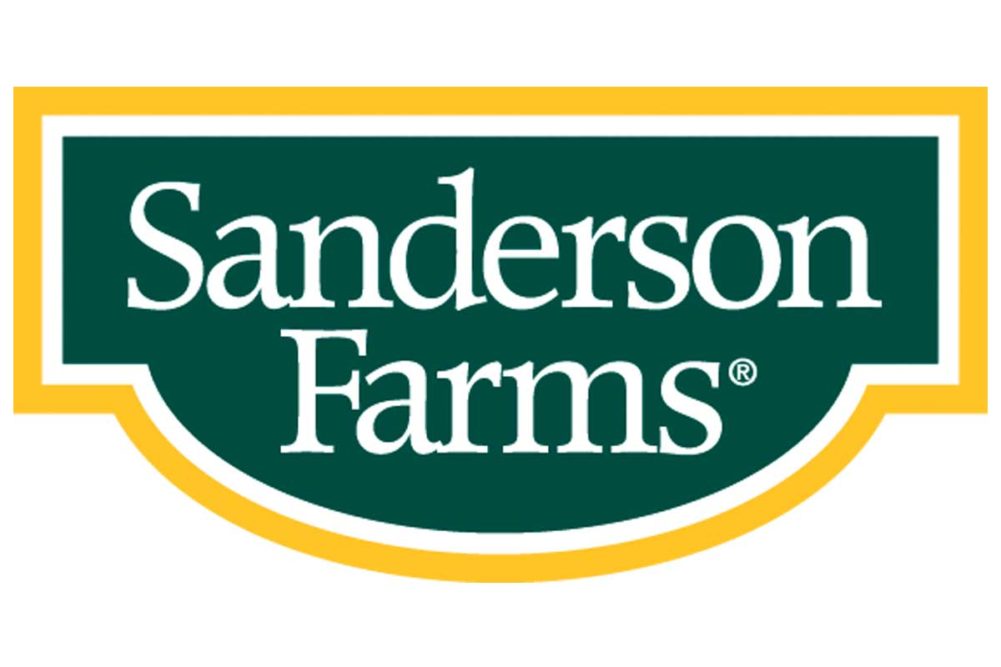LAUREL, MISS. – Sanderson Farms benefited from retail demand for chicken, but the coronavirus (COVID-19) pandemic was a major headwind for the company’s foodservice business.
For the third quarter ended July 31, 2020, net sales totaled $956.5 million, up 1.2% from the $945.2 million reported during the same quarter in 2019. The company attributed the result to lower average sales prices offset by higher volume.
“Our average sales price per pound of fresh and frozen chicken sold decreased 3% during the third quarter of this fiscal year compared to the same period last year and was lower by 2.8% through the first nine months of this year compared to the first nine months of fiscal 2019,” said Joe Sanderson, president and chief executive officer.
Net income from the quarter was $32.8million or $1.48 per share, which compares to net income of $53.4 million or $2.41 per share reported during the third quarter in 2019.
Sanderson said demand from the company’s foodservice customers has fluctuated with the opening and closing of restaurants and other foodservice operations in response to the pandemic. Weekly orders from the company’s largest foodservice customers during third quarter were as low as 68% of normal and as high as 95% of normal, he said. Average weekly volume ordered during the third quarter was 83% of normal.
Sanderson expects demand to be uneven as the country struggles to find a new normal – which will contribute to price volatility for foodservice products.
“Our financial results for the third quarter of fiscal 2020 reflect extreme market volatility for products sold to foodservice customers, continued strong demand for products sold to retail grocery store customers, reduced volumes due to planned egg set reductions implemented during the early stages of the pandemic, and lower costs of feed grains,” Sanderson said. “The market volatility for the products sold to our foodservice customers is a result of governmental actions to contain the spread of COVID-19 by requiring the nation’s restaurants to operate at significantly reduced capacity or to close completely.
“Additionally, the subsequent phased reopening across the nation and a resurgence of COVID-19 cases in July in certain areas of the country adversely affected our foodservice business,” he added.
Sanderson Farms produced approximately 1.23 billion lbs of poultry during the quarter, which is 60 million, or 4.7%, fewer pounds than the company estimated in February, prior to the pandemic’s impacts.
“This reduction in volume is attributable to planned egg set reductions implemented to compensate for the decrease in demand from our foodservice customers,” Sanderson said.
Net sales for the first nine months of fiscal 2020 were $2.6 billion compared with $2.5 billion for the first nine months of fiscal 2019. Net income for the first nine months of fiscal 2020 totaled $352,000, or 2¢ per share, compared with net income of $76.2 million, or $3.44 per share, for the first nine months of fiscal 2019.


